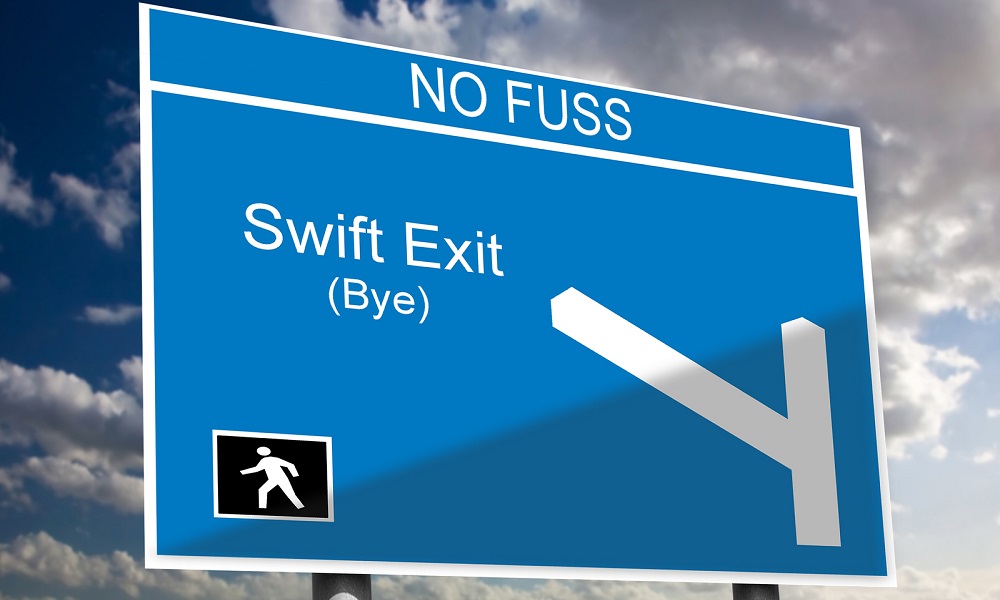Don’t go ignoring signals from your prospective customers that they are ready to sign on the dotted line.
Even while you’re still in the middle of your presentation!
Watch out!
Because some people get sold quickly.
I know we are conditioned to believe that people need to be in full possession of the facts before they make a buying decision.
But that’s not always so.
Every now and then it is possible to come across a laydown misère.
Perhaps your prospect has already shopped around extensively
Maybe he or she has spoken with providers of similar services.
With your competitors.
Most are not forthcoming with that information.
It’s the way they like to play the game.
With an ace up their sleeve.
An advantage you don’t know about.
But if you ask the right questions.
If you listen carefully to their responses.
It should become apparent to you at what stage they’re at in the buying cycle
It could be they know precisely what they’re looking for.
Perhaps you’ve reached the part in your presentation where you’ve addressed the issue they were worried about.
Since you’ve dispelled their fears they are ready to commit to coming on board with you.
So many salespeople are compelled to get to the end of their presentation that they block out everything until they’re done.
They believe that getting through the entire sales pitch is necessary to clinch the deal.
A good salesperson is always on the lookout for subtle buying signals.
Those nonverbal cues that indicate when to start the conversation that would lead to a closed sale.
You’ve got to pay attention to your prospect’s behaviour at all times
Listen for a change in their tone of speech.
Watch their bodily movements.
Observe the way they look at you.
Or you just might miss a buying signal.
And finish up talking them out of the sale!
The proud new business owner can sometimes be so focused on making a good impression it’s easy to become oblivious to what’s going on around her.
Always be on the lookout for any clues!
If you found this article interesting, here’s another you might like to check out: HOW TO HANDLE DIFFERENT CUSTOMER PERSONALITY TYPES

